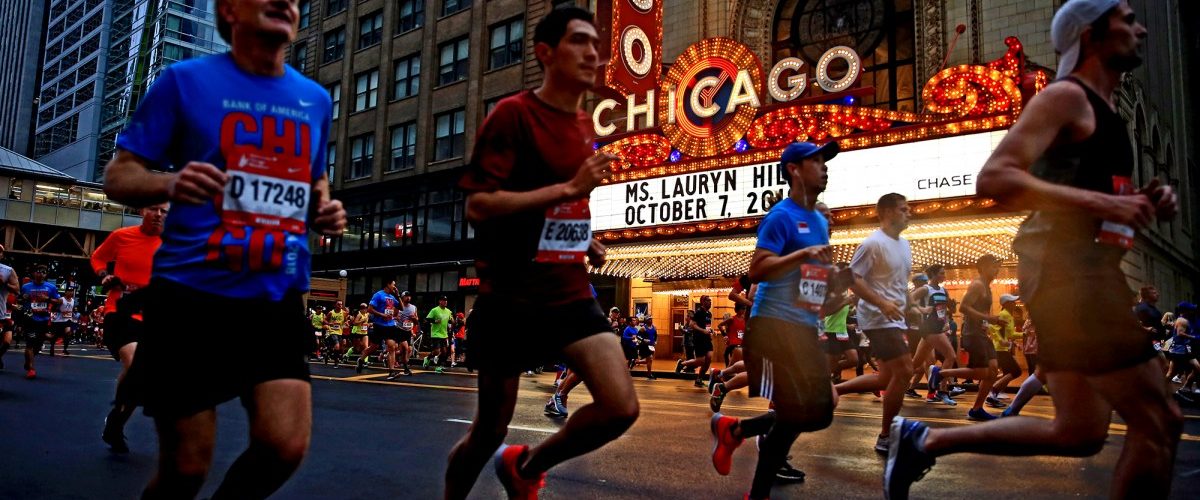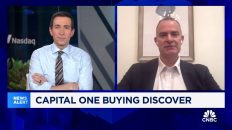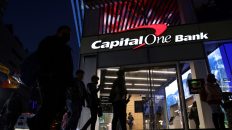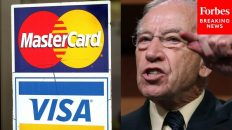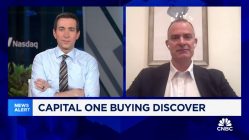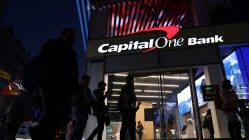Apple Pay Struggles to Meet Heady Expectations
Not the disruptive force imagined, payment system finally gaining traction where it counts.

By Olga Kharif
Bloomberg
October 30, 2018, 2:30 PM GMT+5:30
A crew of Apple Pay ambassadors descended on several Chicago neighborhoods, including Lincoln Park, in advance of the city’s Oct. 7 marathon. “Activation zones’’ for the iPhone maker’s electronic payments service were set up along the route for the race. Spectators using Apple Pay could get $1 tacos from local food trucks.
Four years after introducing Apple Pay, the company is going neighborhood by neighborhood trying to get U.S. retailers and consumers to use the service—no easy task. While as many as one in three households with credit cards tap the app at least twice a month in the U.K., the system is used that often by only 14 percent of those households in the U.S., according to Crone Consulting LLC. And Apple Pay is growing slower here than rival services from the likes of Walmart Inc., according to Crone.
But now Apple Pay appears to be gaining customers after years of disappointing fits and starts. Thanks to more installed equipment in stores and a new feature called Apple Pay Cash, the program is making gains in areas from mobile apps to physical stores. While it’s not going to transform the way people purchase goods, analysts say Apple Pay is one more service to keep consumers wedded to the company’s most important product, the iPhone.
Rolled out in December, Apple Pay Cash is a peer-to-peer payment feature, like PayPal Holdings Inc.’s better-known Venmo, which lets people send money to each other via iMessage, and it already has millions of users, Apple said. The service is driving people to use other Apple Pay features as well.
“Over the past year, they’ve made up a lot of ground with the competition by adding peer-to-peer, that was a big missing piece,” Gene Munster, managing partner at Loup Ventures, said in a phone interview.
What’s more, Apple Pay’s biggest obstacle—shortage of merchant acceptance of the service—is fading. By year’s end, 60 percent of U.S. merchants will have the equipment to accept payment via a tap from an iPhone (on par with the U.K. and Canada)—up from 3 percent four years ago, according to Apple.
“The other regions are growing faster because all the merchants already accepted contactless payments and consumers were already using contactless cards,’’ said Richard Crone, chief executive officer of Crone Consulting.


